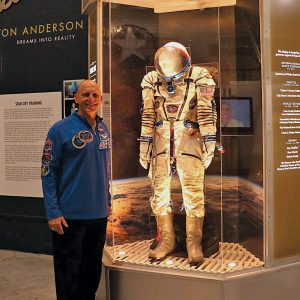The Strategic Air Command & Aerospace Museum near Ashland, Nebraska, has displayed mementos and artifacts from the life of Clayton “Astro Clay” Anderson ’81, the state’s first and only astronaut, since the HC alumnus flew to the International Space Station in 2007. In a colorful exhibit called “The Heartland Astronaut,” visitors can see his NASA flight suit, a shuttle flight simulator, a telescope from his childhood and even his letter jacket from his days as a Bronco.

Now, in a move that seems as inevitable as the Earth circling the sun, the retired astronaut and Ashland native has landed back in Nebraska as the museum’s new president and CEO.
“This museum was built on land in my hometown. The doors of the museum opened in May 1998, one month before NASA called and asked me to become the first astronaut from Nebraska. So the tug to come home and do this job was strong,” said Anderson, who served on the museum’s board before becoming CEO. “I have a vision for this place. I believe it’s good now but it can be great. It could and should be a gem of the Midwest.”
Anderson’s career at NASA as an engineer and astronaut spanned three decades. He spent 167 days in space on two missions and executed six spacewalks. Since retiring from NASA in 2013, he continued to live in Houston while teaching part time at Iowa State University, where he earned his master’s degree in aerospace engineering. He has written five books about space and his experiences, including three for children.
Anderson and his wife Susan, now retired from a position as community engagement officer at NASA, are building a home on Lake Allure in Ashland.
Space is the place
The SAC & Aerospace Museum board is excited to have Anderson at the helm. “The stars have aligned,” said Gary Gates, chair. “Clay’s unique professional experiences align perfectly with the mission of the museum.”
Located between Lincoln and Omaha near I-80, the museum uses 300,000 square feet of exhibit and education space to preserve the history of the Strategic Air Command and its efforts to keep the peace between the U.S. and the Soviet Union during the Cold War. The museum features an impressive collection of SAC aircraft, missiles, rockets and other aerospace artifacts, as well as two full-motion flight simulators, a Children’s Learning Center and airplane restoration facilities.
As the museum approaches its 25th anniversary in 2023, Anderson is eager to build on its rich history while launching new initiatives focused above the atmosphere.
“Space is the place. That’s where everything’s going,” he said. “My job is to help the museum tell the story of how we went from a deterrence focused-Cold War heritage with ties to STRATCOM to illustrating how our past shapes our future using the same concept of deterrence but in outer space.”
Anderson envisions a major renovation of the current facility and the addition of a missile and space gallery with artifacts, classrooms and perhaps even a planetarium and observatory. A key focus of his efforts will be adding more hands-on activities to engage kids and their parents.
Bomb bay of a B-36
Anderson points at the open belly of a 159,000-pound B-36 Peacemaker, the largest production bomber ever built. The massive bomb bay, open to the atmosphere, connects the flight deck and crew compartment to a rear section where the crew of 15 ate and slept. To reach the back of the plane, the crew pulled themselves by rope on wheeled trolleys that rolled through tunnels on either side of the open bay.
The former astronaut’s eyes light up when he describes his plan to build tunnels under the museum’s B-36 where kids can slide through the bay and experience a bit of the thrill of those long-ago aviators.
“We need to create interactive exhibits where families can be entertained, educated and inspired,” Anderson said. “That’s our mantra today.”
Wherever the former astronaut’s vision leads the museum, he will always search the skies for inspiration.
“Everything I’ve done in my life is about looking up,” he said.
By Judee Konen ’85

